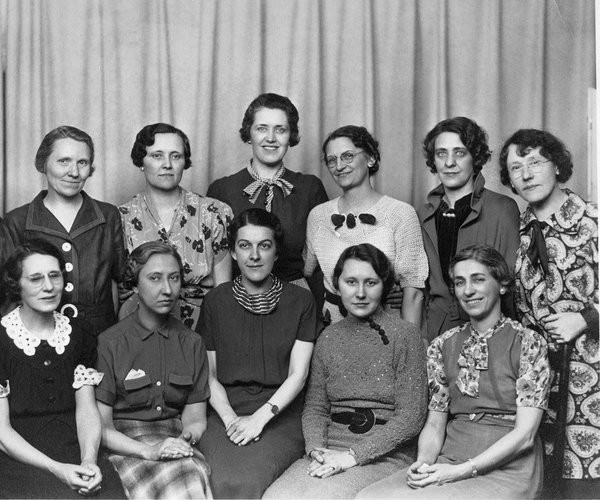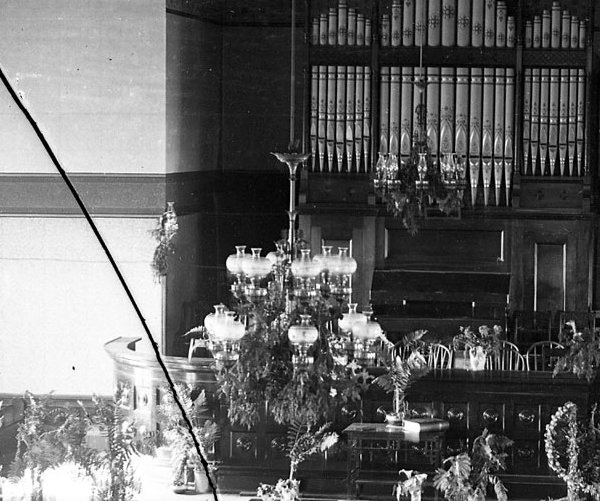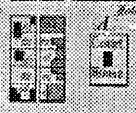I received a phone call early in May from Hayden Black, who is renovating an old stone house that he owns near Darlington. He found an old, folding baby stroller in the attic. It had a metal tag on it that said it was “Manufactured by E Z Auto Go Cart Co. in Monroe, Wisconsin.” He wondered if I had ever heard of this company. I went to my index of newspaper clippings while we were on the phone and found dates of 18 articles that had been printed in the Monroe Evening Times. I went to the library that afternoon and will share with you what I found out about the company.
It was shared on June 22, 1909 that Sam Kneller, of Beloit, was interested in bringing the go-cart plant here. There were enough interested local parties to make him hopeful that enough stock could be sold to warrant the plant moving here in July. The company made the only spring folding go-cart on the market and was also going to engage in manufacturing folding doll carts.
Fred Koplain, patentee and president of the company, and Kneller were in Monroe on July 13 conferring with others. The application for the patent had been passed upon, the government office allowing 25 points. Local capital was already interested.
The Times reported the next day that the company would reorganize with a capital stock of $50,000. Monroe parties were to take stock in the company and be active in its development. At that time there were two or three buildings that had been offered for temporary quarters. The go carts were to be manufactured on a large scale as soon as the company moved to Monroe.
By July 16, they expected the plant to be here within 30 or 40 days with nearly a dozen Monroe parties having subscribed in stock. The company had received offers from different cities, but Kneller was partial to Monroe because he had lived here for many years.
Amended articles of incorporation were issued before August 7, which increased the capital stock from $25,000 to $50,000. It also changed the place of business from Beloit to Monroe. The stockholders held a business meeting in the office of County Treasurer, George E. Thorpe, on the evening of August 17. It was decided to proceed with arrangements for the fall and winter operations. It was expected the plant would be moved here within four weeks.
The stockholders met on August 18 and decided to rent a building for the company. That building, formerly the Blue Label cheese factory, was owned by Joseph Ackerman. Possession was to take place the first week in September. The following week was to be spent installing machinery with a force working to make carts for the following year.


The officers were elected on August 30. The president and vice president were from Chicago. Thorpe, Monroe, was the secretary, and Louis Kohli, Monroe, treasurer. There were seven men on the board of directors, with R. A. Etter, R. T. Holcomb, and W. J. Knight, all from Monroe, being among them. The Beloit plant was to be packed up and moved here soon afterward. J. H. Eaton was expected to become active in the sale of the go carts. “The principal feature that makes the car superior to any others on the market are the springs that support the hanger in which the baby is seated.”
The Beloit plant was loaded before September 10 and arrived here and was being installed in the old building that day. Sam Kneller was the factory manager and superintendent. Henry Gottstein, head machinist and diemaker, and W. P. Bragg were added to the list of stockholders.
By November 5, Henry Gottstein had been appointed superintendent and general foreman. He left the following day to make arrangements to move his family to Monroe. Henry [Gotstine], a machinist, and his family were listed in the 1910 city directory at an unspecified address on 13th Avenue.
It was announced on May 23, 1910 that the E-Z Auto Go-Cart company had filed amended articles of incorporation, which reduced its capital stock from $50,000 back to $25,000. In the same newspaper, it was announced that Sam Kneller was making preparations to move back to Beloit where he would engage in selling “gents’ furnishings, and men’s shoes.” Kneller retained his interest in the plant here and planned to visit Monroe “frequently to look after matters in connection with the business.”
The Times reported on August 17 that the plant would move to the old mill building (pictured on page 84 of the Monroe Area Pictorial History), which had been leased for two years. The plant would move as soon “as the building can be placed in shape.”
The annual meeting was held on October 9, 1911 in Thorpe’s office. With the exception of a new vice president (Robert Theiler of Monroe) the old officers were reelected.
Nothing was seen in the newspapers again until October 1, 1914 when it was announced that Jesse L, Edgen, Milwaukee, had purchased the stock of the company. He planned to finish the manufacture of the unfinished parts in the same building. At that time, it was thought that he might move his force and equipment here from Milwaukee and take over the factory building recently vacated by the Invincible Metal Furniture company (also pictured on page 84 of the Monroe Area Pictorial History).
Nothing more was seen in the newspaper about this company moving to another city. It was not listed in the 1915 Monroe city directory. Searches of the internet have yielded no results as to where the company might have moved.
The good news is that the old stroller has a new home right here in Monroe, having been purchased by Joey VanMatre.
— Matt Figi is a Monroe resident and a local historian. His column will appear periodically on Saturdays in the Times. He can be reached at mfigi48@tds.net or at 608-325-6503.





